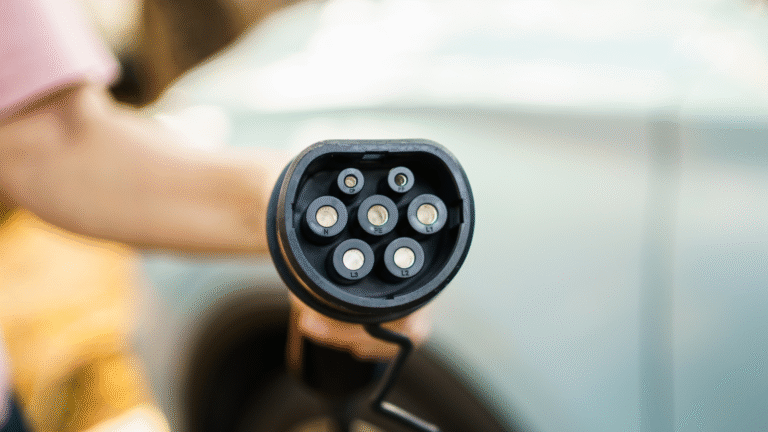EV charging is usually straightforward, but when problems occur, they can be frustrating—especially if you rely on your EV daily. Whether you’re charging at home or on the go, understanding common issues and how to fix them can save time and stress.
This guide outlines frequent EV charging problems in Australia and provides practical steps to resolve them.
Table of Contents
- Charging Won’t Start
- Slow Charging Speeds
- Charger Not Recognising the Vehicle
- App or Network Issues at Public Stations
- Overheating or Interruption During Charging
- Tips for Prevention and Maintenance
- FAQs
- Conclusion
1. Charging Won’t Start
Symptoms: Plugged in, but no charging begins.
Possible causes:
- Loose cable connection
- Charger power supply is off
- EV’s scheduled charging settings enabled
- Residual charge on previous session
Fixes:
- Ensure both ends of the cable are firmly connected
- Check for power at the socket or wall unit
- Disable delayed charging in your EV or app
- Unplug and wait 30 seconds before retrying
2. Slow Charging Speeds
Symptoms: Charging takes longer than usual
Possible causes:
- Using a Level 1 (10A) outlet instead of Level 2
- High household electricity demand
- EV battery nearing full capacity
- Cold or hot ambient temperature
Fixes:
- Upgrade to a Level 2 home charger (7–22 kW)
- Avoid charging during peak appliance use
- Accept slower top-up speeds near full charge
- Park in shaded or ventilated areas during summer
3. Charger Not Recognising the Vehicle
Symptoms: EV doesn’t register as connected
Possible causes:
- Dirty or wet charging port
- Faulty charging cable
- Compatibility issue
Fixes:
- Clean charging connectors gently with a dry cloth
- Try a different charger or cable
- Confirm the charger supports your EV model
4. App or Network Issues at Public Stations
Symptoms: Can’t start charging via app or RFID
Possible causes:
- Poor mobile reception
- Charger’s backend system down
- RFID card unregistered
Fixes:
- Switch to mobile hotspot if Wi-Fi is poor
- Try another charger nearby
- Contact charging provider support for assistance
5. Overheating or Interruption During Charging
Symptoms: Charging stops unexpectedly
Possible causes:
- Prolonged charging in direct sunlight
- Cable or unit overheating
- Poor ventilation or damaged fan
Fixes:
- Pause charging and allow unit to cool
- Ensure ventilation grilles are unobstructed
- Avoid extension cords or high-resistance cables
6. Tips for Prevention and Maintenance
- ✅ Keep charging ports clean and dry
- 🔄 Regularly update charger firmware (if applicable)
- 📲 Monitor charging sessions with EV apps
- 🔧 Have your home charger inspected annually by a licensed electrician
7. FAQs
🔌 Why does my EV sometimes beep and not charge?
It could signal a bad connection or that charging is scheduled for a later time. Check cables and in-car settings.
📶 What do I do if a public charger fails?
Report the issue through the provider’s app and use the nearest alternative station.
⚡ Is it safe to charge during a storm?
Yes—but using surge protection at home is highly recommended.
8. Conclusion
Most EV charging issues can be resolved with a few simple checks. By understanding the causes and keeping your equipment maintained, you’ll enjoy smoother charging both at home and on the road.
Troubleshoot common EV charging problems with this quick guide—fix connection issues, slow speeds, and public station errors with confidence.
